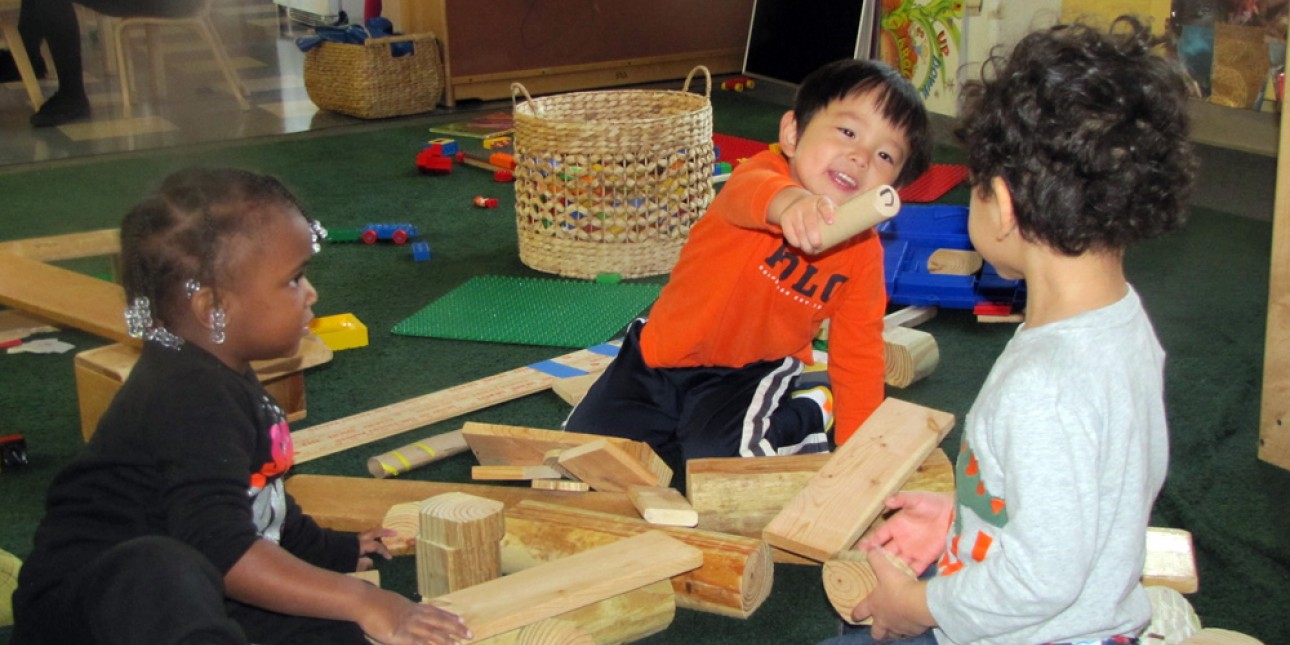September Message from Deb Green

Socioeconomics in Diversity
We are so fortunate at PIC that diversity across all realms is such a strong aspect of our community identity. Our children are in classrooms with peers who are of different races, religions and family compositions, and who celebrate different holidays, live in different homes, and eat different foods. They become aware of all of these differences, while also learning about the similarities among us all.
One type of diversity often overlooked in the conversation is socioeconomics. PIC recognized the benefits of socioeconomic diversity long ago. In 1983 we began serving children in publicly financed care, and in 1986 we established a tuition assistance fund to support families whose income is too high for public funding, but who may have difficulty with the full cost of child care.
Emerging research now shows that socioeconomic diversity in classroom composition—a key component of program quality—is directly linked to positive peer effects on early development, particularly in the areas of language and literacy. Preschool classroom diversity also promotes positive social-emotional development and reduces racial biases among all children regardless of socioeconomic background.
By kindergarten, children have already formed beliefs regarding racial, ethnic, and socioeconomic identities. Exposure to peers (and their families) from a variety of racial, ethnic, and socioeconomic backgrounds in preschool classrooms may inform these ideas and eliminate emergent prejudices.
The ongoing Pennsylvania state budget debate includes increasing investments in early childhood education. The short-term goal of increased funding is to enroll more children in high quality child care programs. Thinking long term, we need to begin to tackle the historic separation of families from low and higher socioeconomic levels in early childhood settings.
As we talk about equal opportunity, we should start at the very beginning. Quality early education for all children requires more than programs with qualified staff and intentionally-planned learning environments. Enrollment must also capture families of different backgrounds, traditions, races, socioeconomics, and composition. In this way, every child’s early learning experience will be enhanced.
As I write this we are awaiting the passage of the Pennsylvania state budget and I remain hopeful that it will include significant investments for early childhood education.